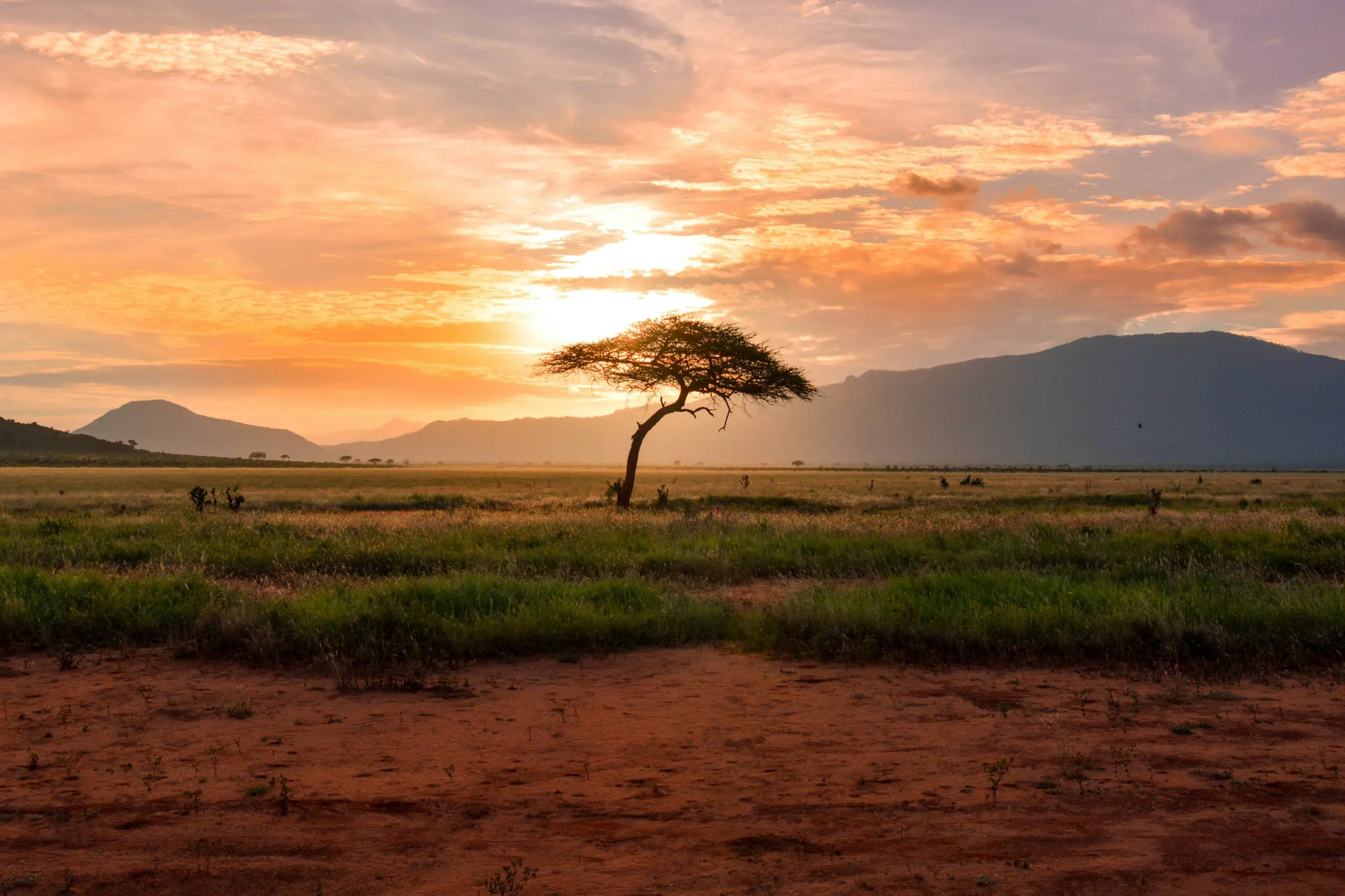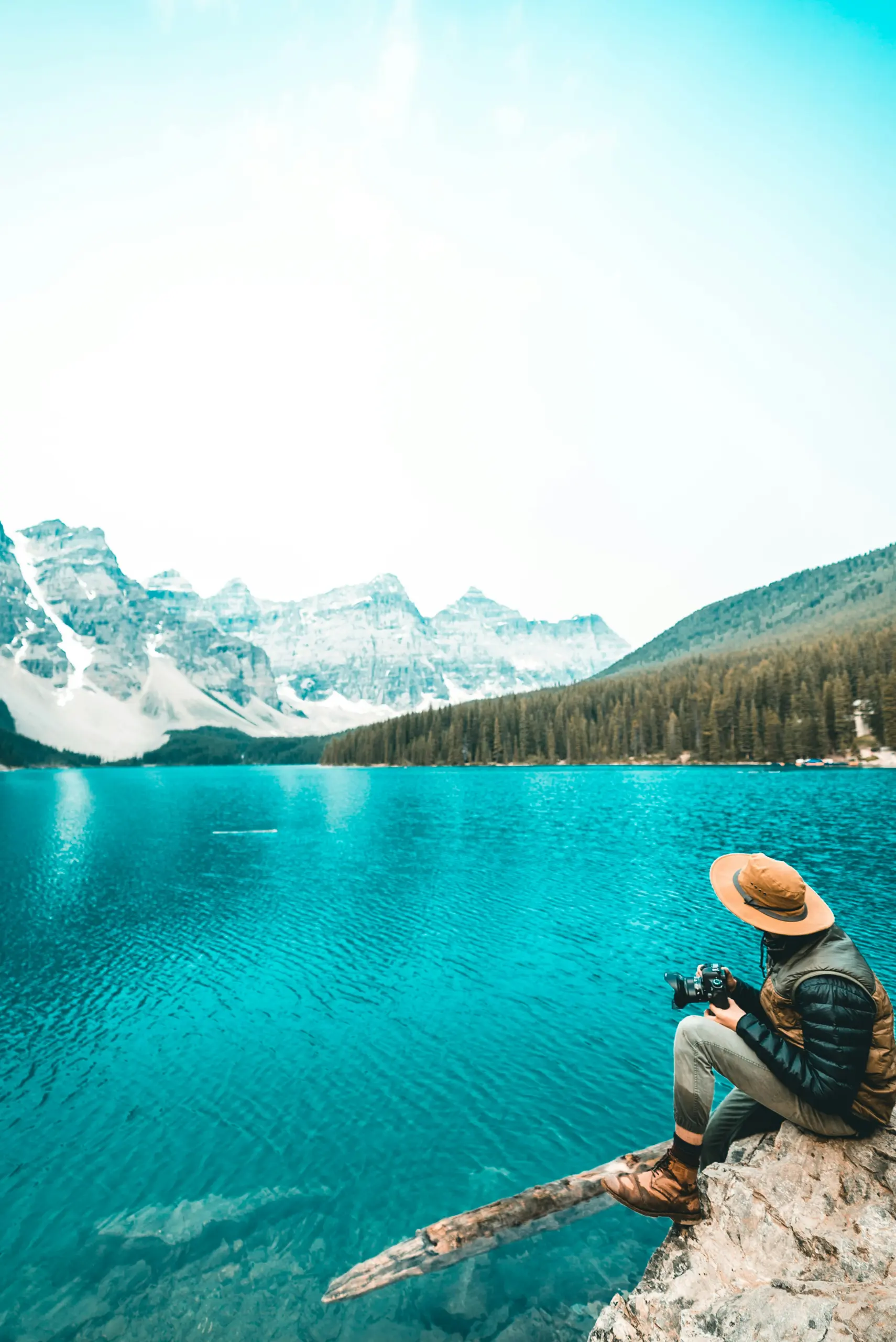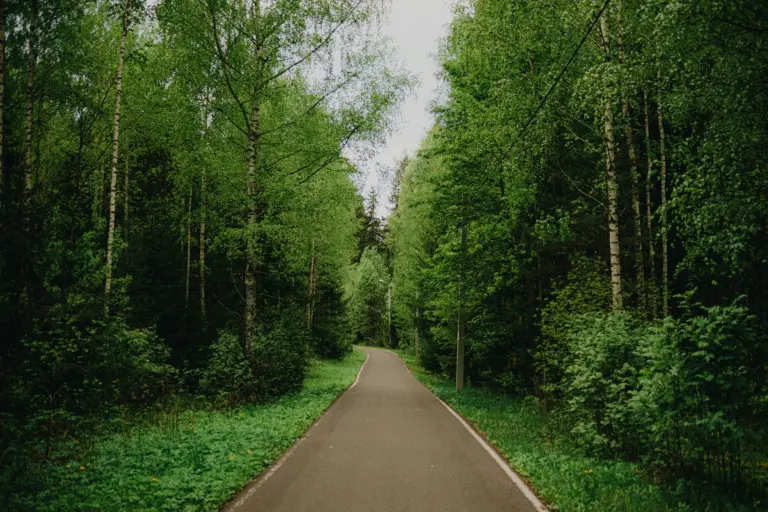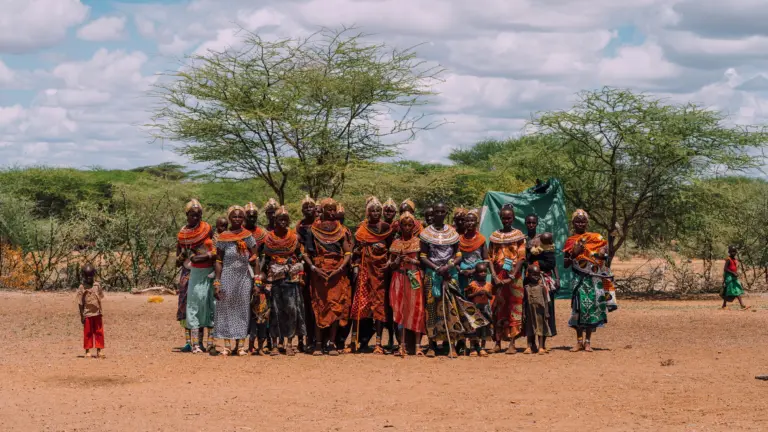Regenerative safaris are the way of the future for wildlife tourism – a shift away from “look and leave” towards “restore and empower.” By partnering with residents of Kenyan communities and developing innovative eco-lodge technology in Botswana, the experience is fostering deeper interactions for visitors while restoring the ecosystem and empowering the community.
Safari Rewilding: From Protection to Regeneration
“Sustainable tourism” for decades was a matter of not harming as much—but regeneration goes one step further by actually repairing the landscape. On the Laikipia Plateau of northern Kenya, community conservancies like the Ol Pejeta have invested tourism revenues on predator monitoring and the restoration of grassland, boosting black rhino populations by 30 % over five years. On the border just south of there in the Okavango Delta of Botswana, eco-lodges like Xigera Camp operate on solar micro-grids that cut diesel use by 80 % as well as innovative water-recycling mechanisms that return clean water into floodplains. Examples like these prove that luxury and minimal impact go hand-in-hand.
Conventional park models excluded local voices. Regenerative conservancies turn this on its head: Maasai and Samburu people co-own and co-govern reserves, equally dividing management and profit. At Amboseli, Maasai guides accrue ownership of tented camps and co-create guest schedules—to turn former herders into conservation entrepreneurs. Profit-sharing generates funds for bilingual schools where children learn English and indigenous ecocultural knowledge, sowing the seeds of tomorrow’s stewards.

Eco-Lodges Reinvented: Design, Technology, Impact
More than diesel generators and canvas tents, Botswana’s newest “floating eco-tents” occupy stilts above flood-season watersheds without disrupting the natural hydrology or causing bank erosion. Selinda Camp’s composting toilets turn overwaste into fertilizer for on-site vegetable gardens that close the nutrient cycle. Solar thermal panels heat water, and advanced energy-management systems optimize use as far as the individual light bulb.
Visitors can make a difference. Picture yourself sitting on a veranda with a cup of rooibos tea as elephants graze at sunset after helping to support anti-poaching patrols through your lodging. Dinner consists of farm-to-table game meats and bush vegetables, along with the stories of community elders beneath a Milky Way of stars. Guided walking trails with a local ranger provide closer wildlife sightings and more genuine culture than vehicle-based tours.
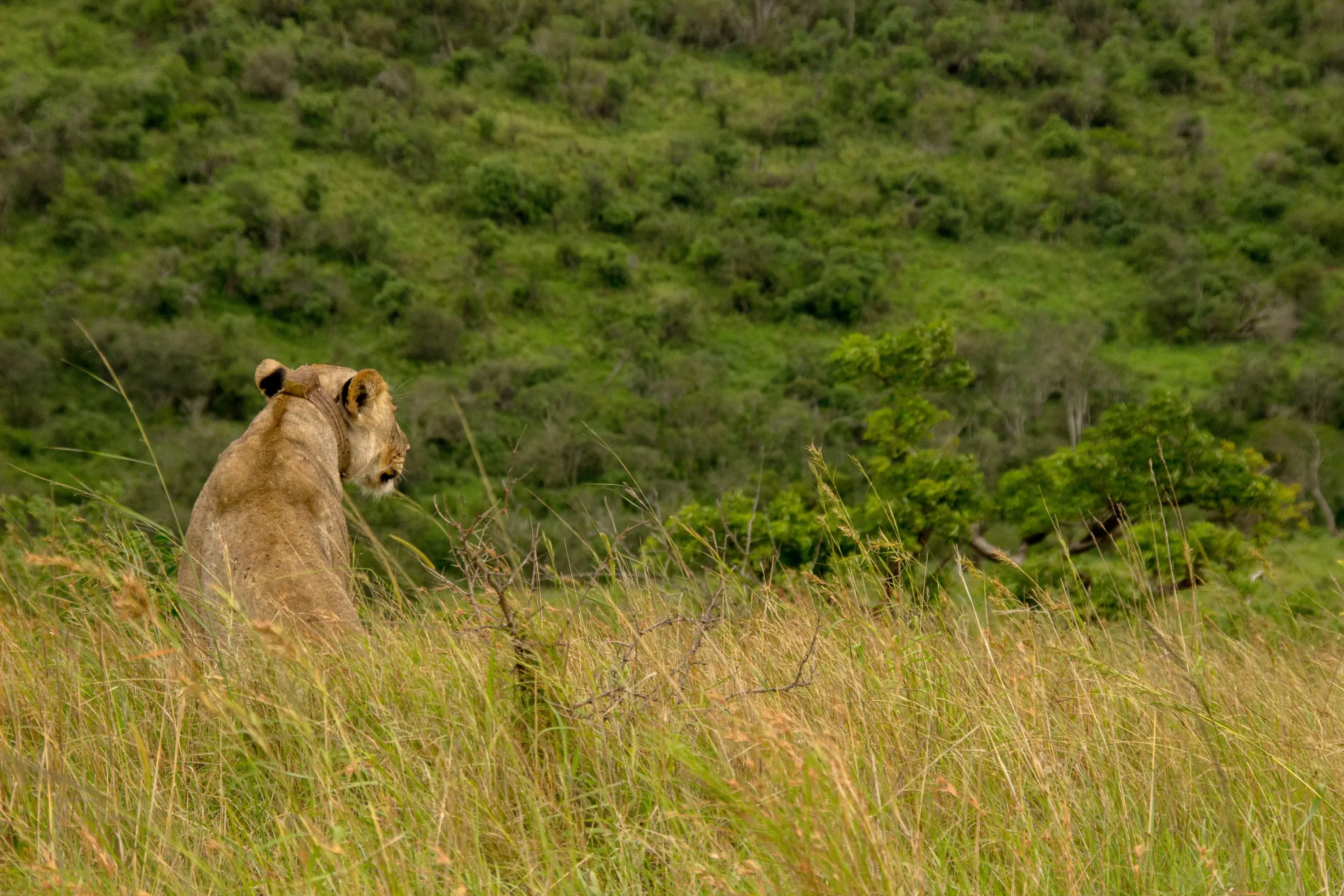
Assessing Success: Wildlife, Carbon, Communities
Physical evidence indicates tangible returns. With a peer-reviewed publication in 2024, community conservancies’ wildlife biomass was enhanced by 25 % within five years and household income was doubled. Carbon audit indicates net-negative footprints of the model eco-camps following the planting of trees and harvesting of methane. Enrollment at the school level rises by 40 % for individuals who receive tourism income benefits at the community level.
There remain obstacles, though: green infrastructure is expensive up front, and complex land negotiations take time. Blended finance vehicles involving NGO grant funding, impact funds, and government subsidies are copying tried and tested models across East and Southern Africa. By embracing regeneration—to recreate landscapes, enrich people’s lives, and provide people once-a-lifetime experiences—these safaris set a positive trajectory for the future of wildlife tourism.

